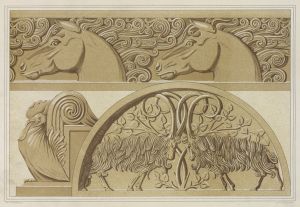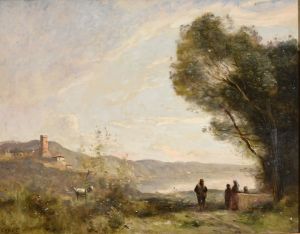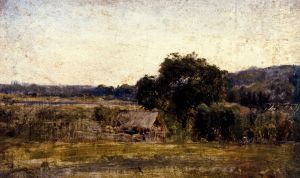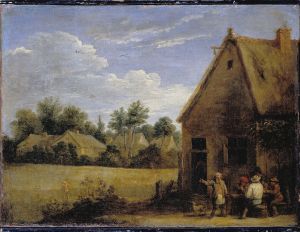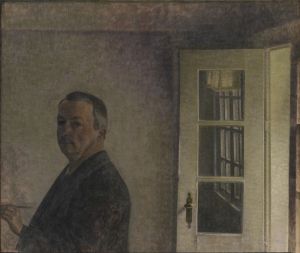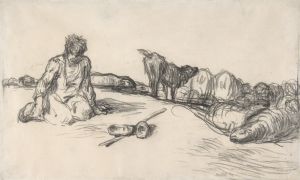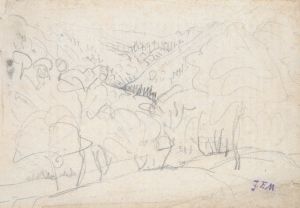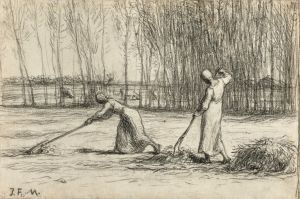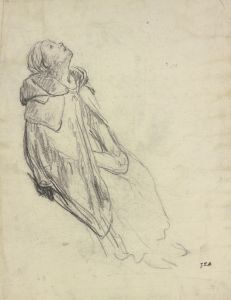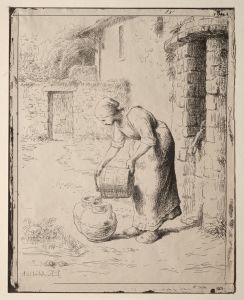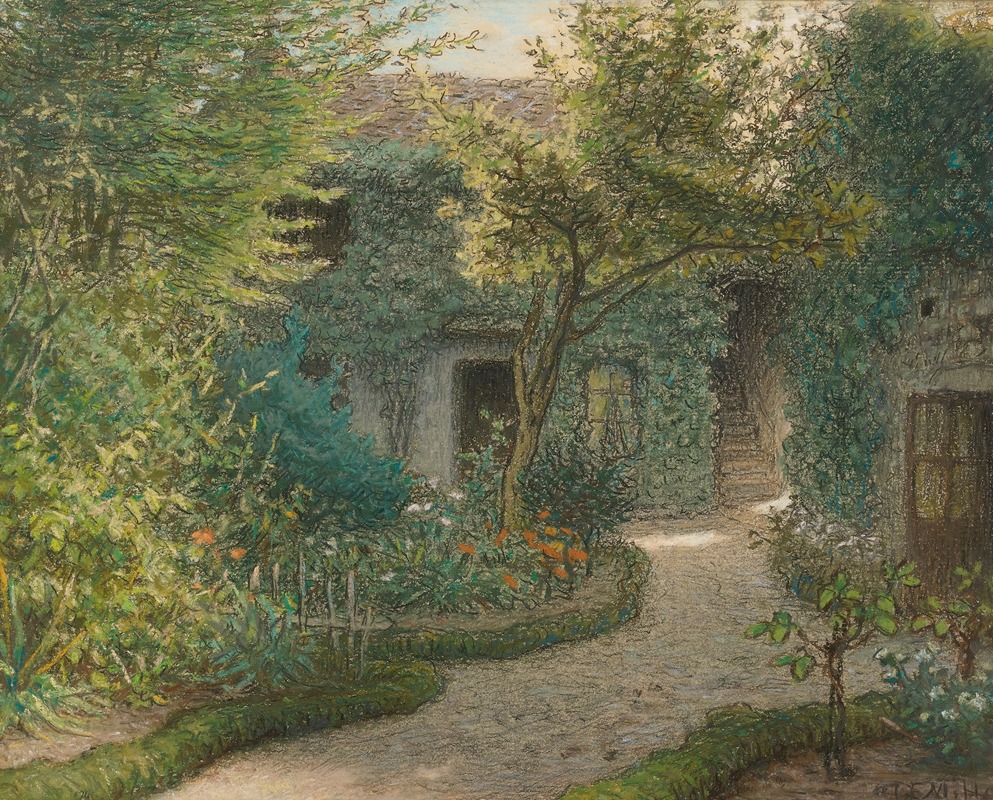
Théodore Rousseau’s House In Barbizon
A hand-painted replica of Jean-François Millet’s masterpiece Théodore Rousseau’s House In Barbizon, meticulously crafted by professional artists to capture the true essence of the original. Each piece is created with museum-quality canvas and rare mineral pigments, carefully painted by experienced artists with delicate brushstrokes and rich, layered colors to perfectly recreate the texture of the original artwork. Unlike machine-printed reproductions, this hand-painted version brings the painting to life, infused with the artist’s emotions and skill in every stroke. Whether for personal collection or home decoration, it instantly elevates the artistic atmosphere of any space.
Jean-François Millet, a prominent figure in the Barbizon School, painted "Théodore Rousseau’s House in Barbizon" during the mid-19th century. This artwork is a testament to Millet's deep connection with the rural landscapes of France and his close association with fellow artist Théodore Rousseau. The Barbizon School was a movement towards realism in art, emphasizing natural scenes and rural life, and Millet was one of its leading figures.
The painting depicts the house of Théodore Rousseau, another key member of the Barbizon School, located in the village of Barbizon, near the Forest of Fontainebleau. This area was a popular retreat for artists who sought inspiration from nature and wished to break away from the formal constraints of academic art in Paris. The village of Barbizon became a hub for artists who were interested in painting en plein air, or outdoors, to capture the natural light and atmosphere of the landscape.
In "Théodore Rousseau’s House in Barbizon," Millet captures the simplicity and tranquility of rural life, which was a central theme in his work. The painting likely reflects the close friendship and mutual respect between Millet and Rousseau, as well as their shared commitment to depicting the natural world with honesty and integrity. The house itself is portrayed with a sense of warmth and familiarity, nestled within the lush greenery of the surrounding landscape. This setting reflects the idyllic and serene environment that attracted many artists to Barbizon.
Millet's technique in this painting is characterized by his use of soft, earthy tones and a focus on the interplay of light and shadow. His brushwork is both detailed and expressive, capturing the textures of the natural environment and the rustic charm of the house. The composition is balanced and harmonious, drawing the viewer's eye into the scene and inviting them to experience the peacefulness of the countryside.
The significance of "Théodore Rousseau’s House in Barbizon" extends beyond its aesthetic qualities. It represents a moment in art history when artists began to turn away from the grandeur and idealism of Romanticism and towards a more realistic and humble portrayal of everyday life. Millet, along with Rousseau and other members of the Barbizon School, played a crucial role in this shift, influencing later movements such as Impressionism.
Millet's work often focused on the lives of peasants and the rural poor, and while "Théodore Rousseau’s House in Barbizon" does not depict figures, it shares the same sensitivity to the environment and the lives of those who inhabit it. The painting is a reflection of Millet's belief in the dignity and beauty of rural life, a theme that resonates throughout his oeuvre.
Today, Jean-François Millet is celebrated for his contributions to the development of modern art, and "Théodore Rousseau’s House in Barbizon" remains an important piece that highlights his artistic vision and his connection to the Barbizon School. The painting is a reminder of the enduring appeal of nature and the simple life, themes that continue to inspire artists and viewers alike.





